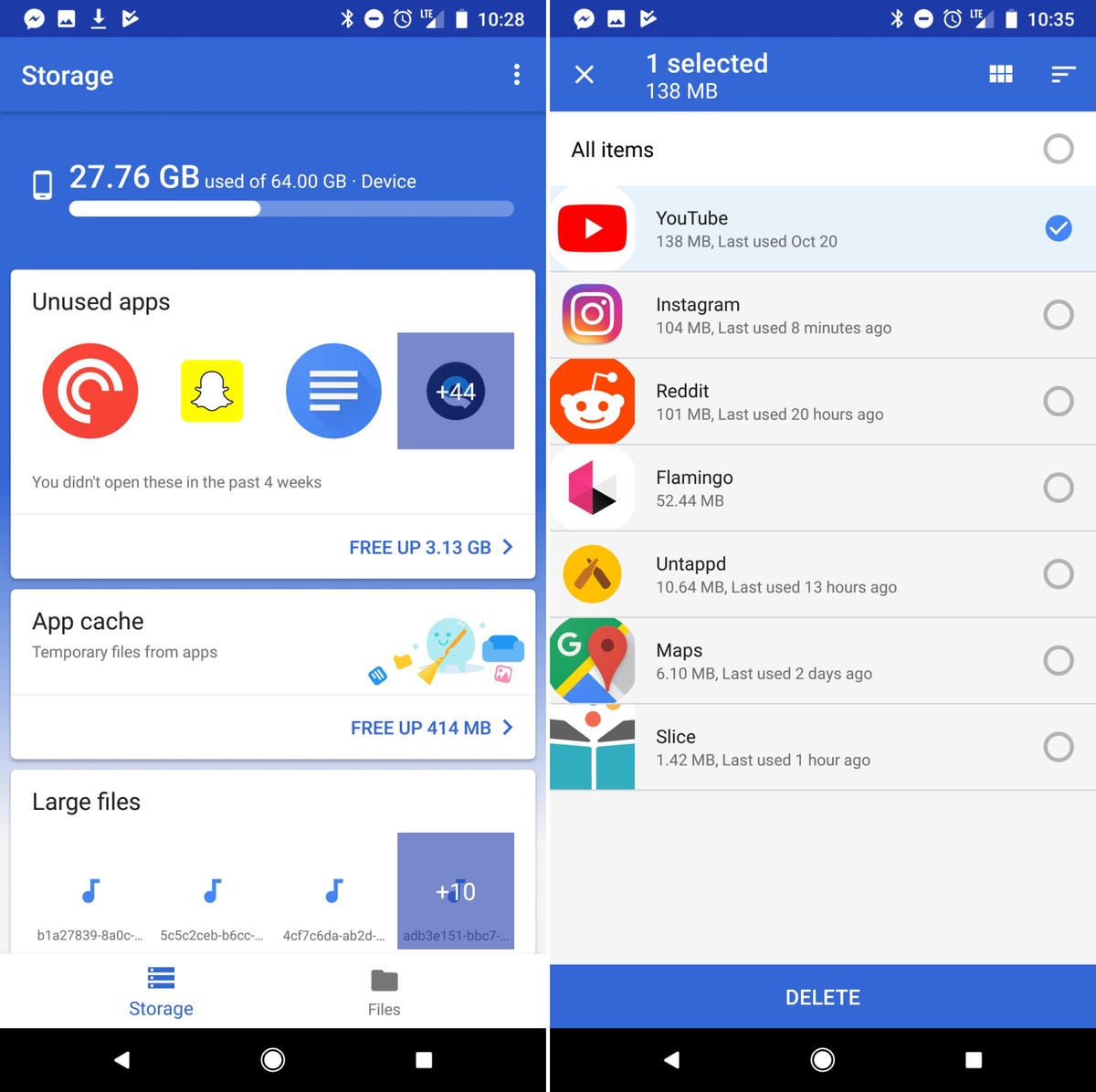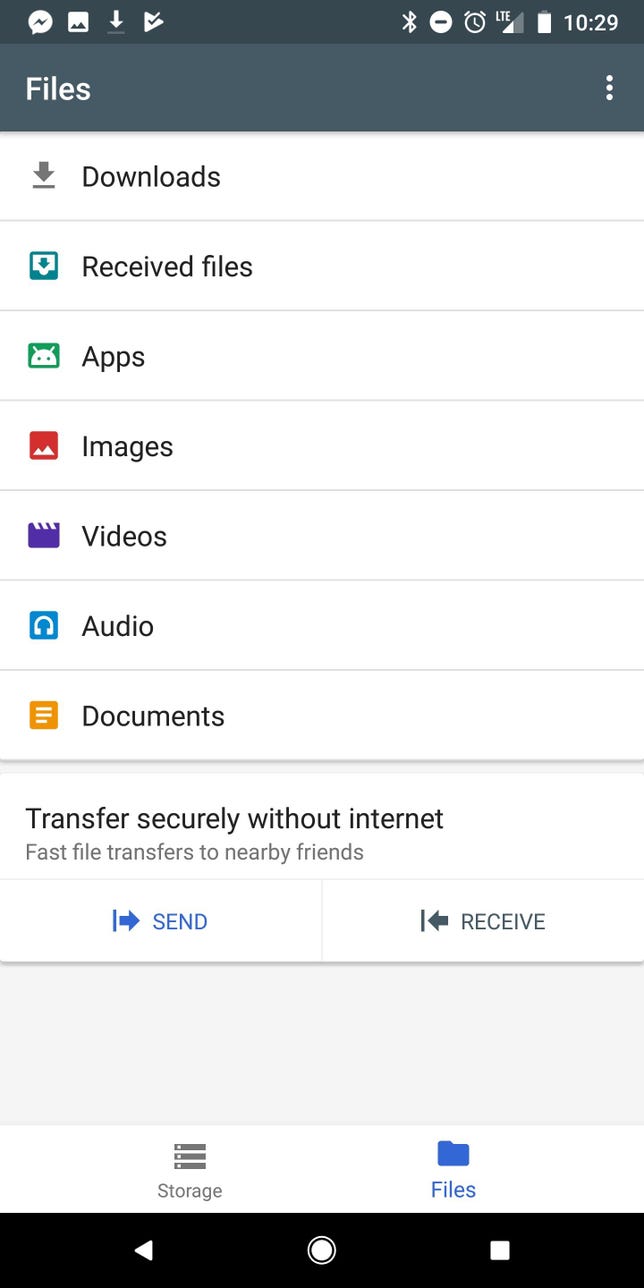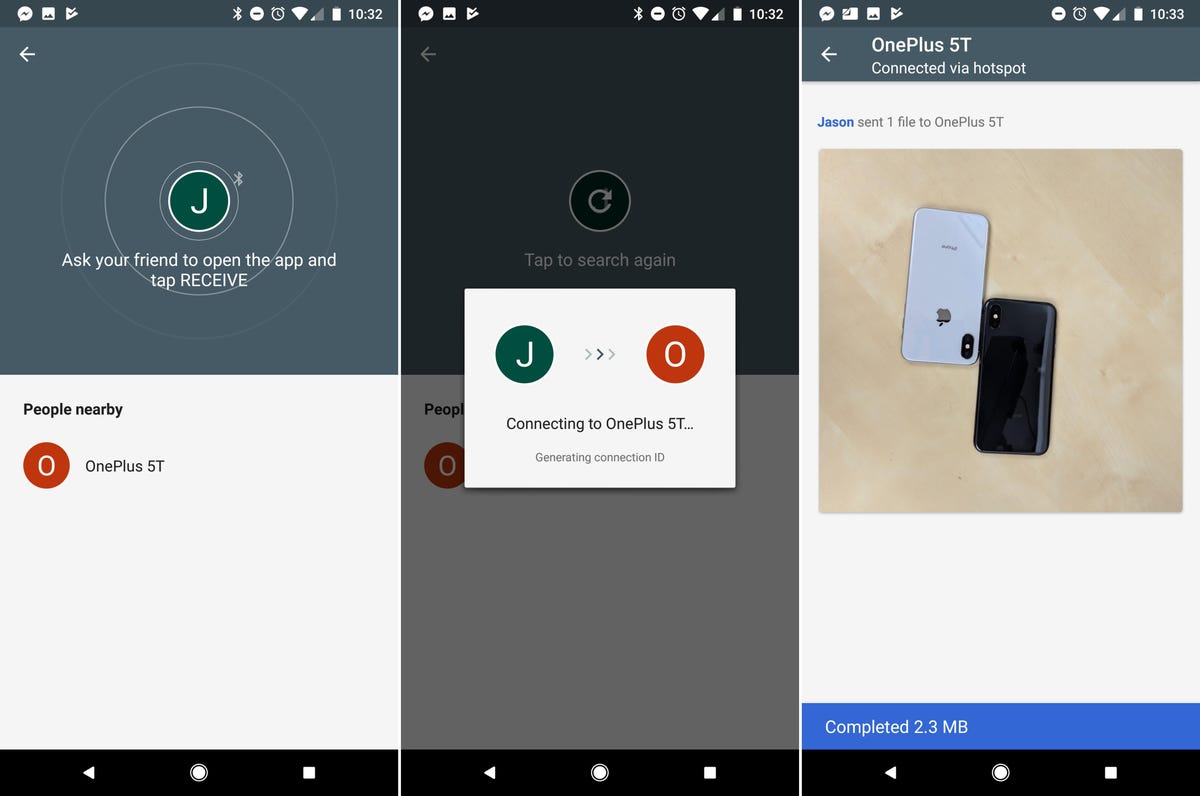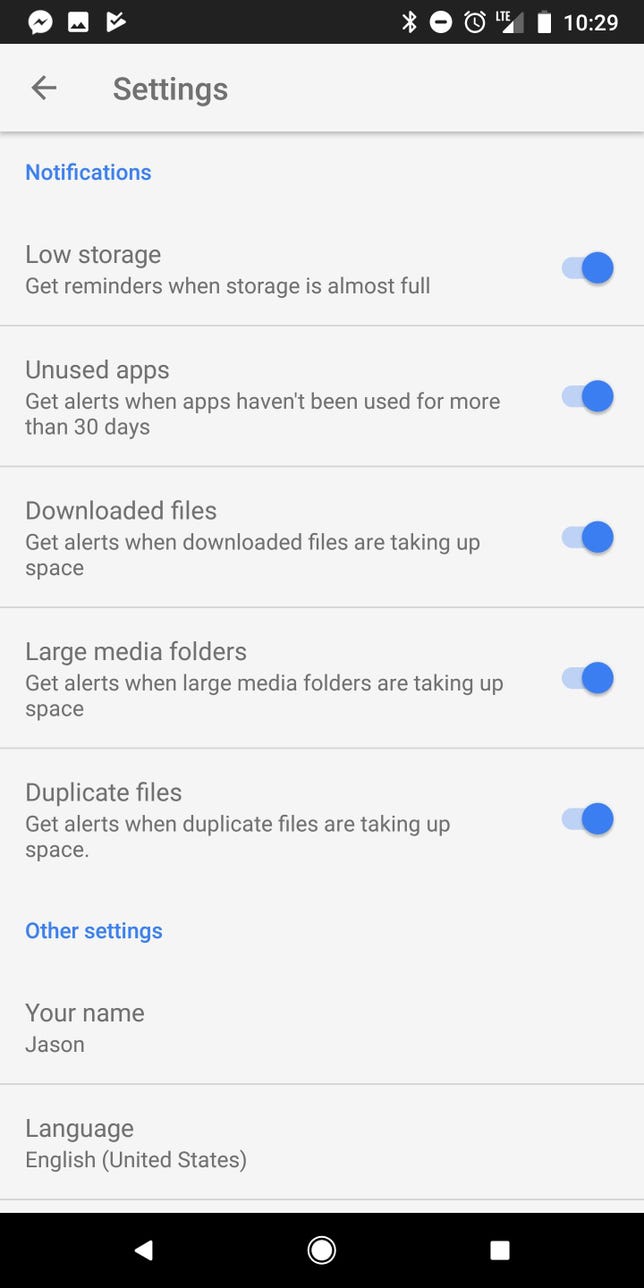Managing storage on a phone or tablet is one of the more annoying tasks we have to commonly deal with. Users are faced with questions of deciding which apps to delete, how much room it will save, and hunting down files that just aren’t needed.
Google’s Files Go app was recently released, and its entire purpose is to help you manage storage.


Now playing:
Watch this:
Android 8.1 is officially out and it fixes the hamburger…
4:28
Apps and files


Screenshots by Jason Cipriani/CNET
The home page of the Files Go app details storage amount of your device, and how much space is being used. Below that is a feed, similar to Google Now or the Assistant feed in Google Photos, that makes recommendations to help free up some space.
You will receive alerts for things like apps you haven’t used in the past 30 days, or apps with a large cache of unnecessary files, audio files, or duplicate files stored on your device.
Go through each alert, pick and choose what stays and what goes, then rejoice at your newly reclaimed space.
File Viewer


Screenshot by Jason Cipriani/CNET
At the bottom of the app is a Files tab. The Files section offers a file manager view, with files broken down into types. The sections include downloads, received files, apps, images, videos, audio and documents.
The files that show up in each category don’t necessarily come from the appropriate Android storage folders. Instead, the Files Go app scans your device and adds the files to the app.
Naturally, you can delete and manage any files in this section of the app. Furthermore, you can use the share button to back up the file to Google Drive or Dropbox before removing it from your phone or tablet.
SD Card support


Screenshot by Jason Cipriani/CNET
Thanks to a recent update, the Files Go app will now help you manage storage on a microSD card. To see the new feature, make sure to install the update from the Play store, then open the app.
At the top of the app, you’ll now see a spot for microSD storage on a compatible device. This screenshot is from the Note 8, for what it’s worth.
Tablets are supported
You can now transfer, receive and manage files on an Android tablet using the Files Go app. At launch, tablets weren’t supported at all, so this is welcome news.
AirDrop, but for Android


Screenshots by Jason Cipriani/CNET
It’s a bit hidden, but Files Go includes the ability to share files with nearby friends. It works in a lot of ways like Apple’s AirDrop feature, using a secure hotspot connection between two devices to transfer the file.
Instead of being able to send files to random strangers, the recipient will have to approve the connection between the devices before anything can be sent or received.
To use the file sharing feature, each person will need to visit the Files tab and select Send or Receive. After that, follow the prompts to complete the transfer.
Settings


Screenshot by Jason Cipriani/CNET
In the Settings for Files Go, you can change the name that shows up for file sharing, and control alerts for various triggers (low storage or large media files, for example).
Within a few minutes of installing Files Go on my Pixel 2 XL ($249 at Amazon), I recovered over 500MB of space without doing much of anything. Now that may not sound like a lot, but for those who are still using a 16GB or 32GB device, that 500MB can mean a lot.



